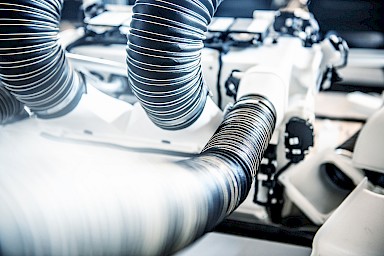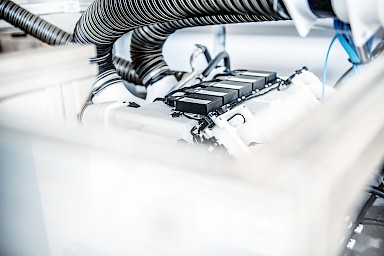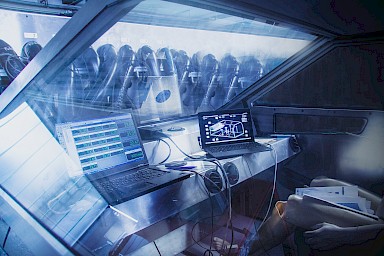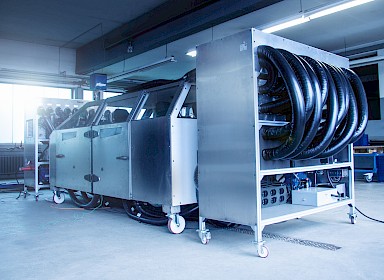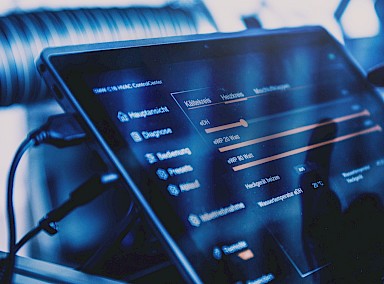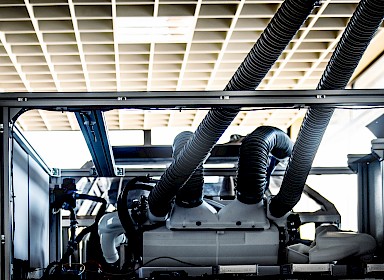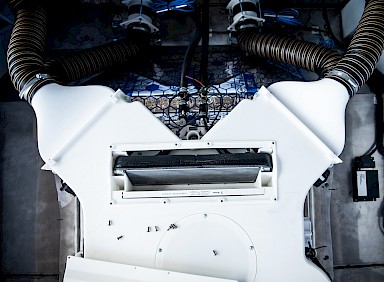
Research project Autonomous driving increases the importance of the indoor climate Research project
Often times it is ignored, but this affects everyone at all times: our ambient climate. This is much more of a focus, especially with autonomous driving, and is the subject of a current research project at Wölfle. As long as you keep the steering wheel in your hand, the focus is on driving itself, so that you often do not notice the climate at all or only notice it when it is particularly uncomfortable. The front passenger is usually much more often the one adjusting and optimising, because he has more time to concentrate on it. If in the future we can no longer drive ourselves, but can do other things, as is the case, for example, on a train or plane, it quickly becomes clear that today's systems in cars still have significant weaknesses here. This is partly due to the much smaller interior.
Together with an automobile manufacturer based in southern Germany, we are breaking completely new ground and are thoroughly investigating ventilation and air conditioning models with a view to the changed conditions in automobile construction. In addition to climate and air stratification models, all known system arrangements and concepts are also revisited. In addition, there is the topic of E-Mobility in the form of the electrification of the complete system including the component cooling as well as an air quality measurement system based on CO² and a single-user operating concept, which focuses on a completely new type of input. The usability of such a complex system is a particular challenge.
Why Wölfle? In the past, the Wölfle company already had points of contact with the air conditioning of cars, but sees itself as a technology leader in the field of climate models and climate control in off-highway industries. The combination as a HV/AC manufacturer with in-house electronics and software forms the basis here.
As early as 2008, Wölfle developed a completely model-based climate controller for the construction machinery industry and the logistics sector. With the companies Liebherr and Linde, a milestone has been reached in their industries. These systems work without internal sensors and can process outside temperature jumps of 30° K. Even today, this poses challenges for many competitors. More and more customers are benefiting from this model, so that it is also increasingly used in agriculture and special vehicle construction.
That turned the focus of the automobile manufacturers on us. The systems in our divisions are completely different and look completely different from vehicle to vehicle. Air distribution in the excavator cannot be compared to that of a car. Likewise, a drive platform in a mobile crane is completely different from the interior of a train. This means that our climate and air stratification models are very flexible and that Wölfle has to have a wide range of expertise.
It is precisely with this expertise that a completely new concept has been developed over the last two years, which is currently being validated in a technology carrier and which lays the foundation for a completely new type of comfort model. In the first test with a number of test subjects, a clear added value was confirmed. A completely draft-free ventilation system was achieved, which also impresses with very good zone formation and temperature stratification.
